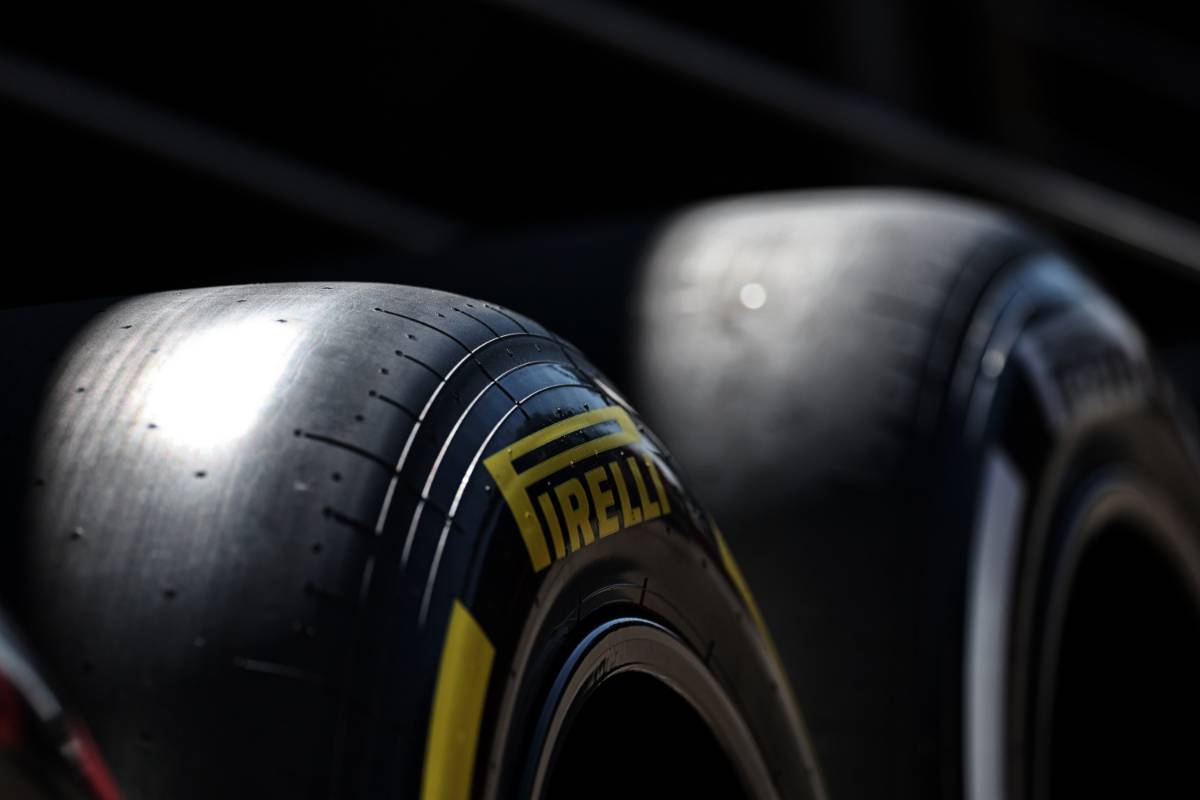Tyre wear: The potential culprit behind Russell's disqualification
George Russell’s dramatic disqualification from Sunday’s Belgian Grand Prix for an underweight car has prompted an intense search for answers in the Mercedes camp, and a theory that the Briton’s stroke of genius was also the very cause of his downfall.
Mercedes, bewildered by the unexpected outcome, is meticulously examining every facet of the race weekend to uncover the root cause of why Russell’s car was 1.5kg under F1’s weight limit after Sunday’s race at Spa-Francorchamps.
One assumption, initially met with skepticism but which quickly gained traction on Sunday evening, was that excessive tyre wear was a primary contributor to the car’s underweight condition.
Russell's unplanned audacious one-stop strategy, a masterstroke that seemed to defy logic, might have inadvertently led to his very demise.
“We don't yet understand why the car was underweight following the race but will investigate thoroughly to find the explanation,” commented Mercedes trackside engineering director Andrew Shovlin.
“We expect that the loss of rubber from the one-stop was a contributing factor, and we'll work to understand how it happened.
“We won't be making any excuses though. It is clearly not good enough and we need to make sure it doesn't happen again.”
Read also:
The notion that tyres could account for the missing 1.5kg might appear implausible, but the physics are irrefutable.
Pirelli, the exclusive tyre supplier to Formula 1, has confirmed that tyres typically lose approximately a kilogram of mass over a race stint. Given Russell’s extended stint – or 34 laps – on a single set of hard tyres, it's conceivable that his car shed significantly more weight than those of his rivals who opted for an additional pit stop.
"Each track is different, each situation is different, and the wear is not linear," explained Mario Isola, Pirelli’s head of F1. "It depends how much you push, and it depends if your balance is perfect, because then you would wear all four tyres."

Russell’s aggressive driving style, particularly in the latter stages of the race as he defended against teammate Lewis Hamilton, could have exacerbated tyre wear.
Furthermore, the unique characteristics of Spa-Francorchamps, including the absence of a traditional slow-down lap after the race, compounded the issue.
Typically, drivers exploit this opportunity to collect marbles and add weight to the tyres, a crucial tactic to avoid post-race penalties.
Isola suggested that the lack of marbles could account for a significant portion of the missing weight.
"Considering that he is 1.5 kilos underweight, 1.5 kilos on four tyres is possible if you are just talking about the pickup," he said. "If you have a lot of pickup, then for 1.5 kilos, it would be less than 400 grammes on each tyre. It’s a number that is possible."
However, the puzzle is far from complete. Mercedes, like any top-tier Formula 1 team, would have meticulously calculated expected tyre wear and the impact of the Spa-specific conditions on car weight.
The team’s meticulous preparations and simulations should have accounted for these variables.
The search for the missing 1.5kg will extend to other areas. The car setup changes introduced on Friday night, the impact of the wet qualifying session on data collection, and even the team’s overall weight distribution strategy will be under scrutiny.

Mercedes faces a daunting task in unraveling the mystery. While tyre wear emerges as a plausible explanation, it’s essential to consider other factors that might have contributed to the underweight car.
The team must meticulously analyze every aspect of the race weekend to prevent a recurrence and ensure that George Russell’s victory is not merely a footnote in the annals of Formula 1 history.
As Toto Wolff, Mercedes Team Principal, stated, "There's no excuse. We have to learn from that as a team. But there’s more positives today.
“Obviously for George, that’s a massive blow for a driver whose childhood dream is to be winning these races and it’s taken away, but he’s going to win many more."
The road to redemption for Mercedes begins with a comprehensive understanding of what went wrong in Belgium. Until then, the question of how a car that crossed the finish line first could be disqualified will continue to haunt the team.
Keep up to date with all the F1 news via Facebook and Twitter
The post Tyre wear: The potential culprit behind Russell's disqualification appeared first on F1i.com.

